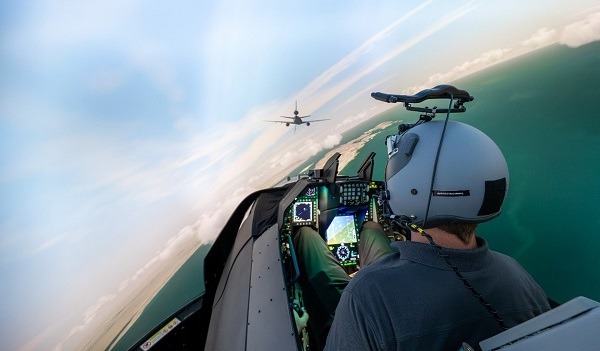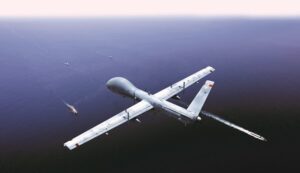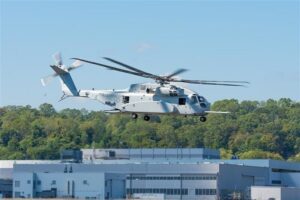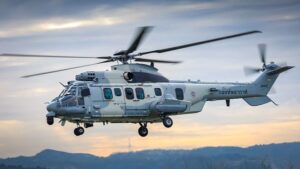Flight Simulators to reflect advanced features of the F-16 Viper “V” upgrade
Lockheed Martin announced on September 16 an upgrade to the Republic of Korea Air Force’s F-16 Block 52 flight simulators to reflect the advanced capabilities of its upgraded F-16 Viper (F-16V) aircraft. These upgrades reflect enhanced mission capabilities of the Republic of Korea Air Force, providing high-fidelity simulated environments for pilots to train like they fly.
“Maximum accuracy and realism in ground-based flight training is foundational to pilot safety and mission readiness,” said Todd Morar, vice president of Air and Commercial Solutions at Lockheed Martin. “As the manufacturer of all F-16 variants, Lockheed Martin uses the design and software data of the actual aircraft to deliver ground-based training experiences that are nearly identical to those in flight, while maintaining concurrency with the aircraft as technology evolves.”
Under the contract, Lockheed Martin will provide new equipment and systems integration to modernize nine F-16 flight simulators at Seosan and Chungju Air Bases to the F-16V configuration with continued support for contractor logistics services over a period of six years.
Since 2001, aviators from 16 allied nations have trained with Lockheed Martin F-16 training systems. Lockheed Martin training suites provide a simulation-based training environment that replicates all systems, sensors and weapons for a total training solution. These systems can be networked together so pilots can train in various scenarios, aligning technologies to deliver advanced training while meeting affordability goals.
The F-16V configuration features advanced avionics, a proven Active Electronically Scanned Array radar, a modernized cockpit, advanced weapons, and other advancements that make them similar to new F-16 Block 70 aircraft.







